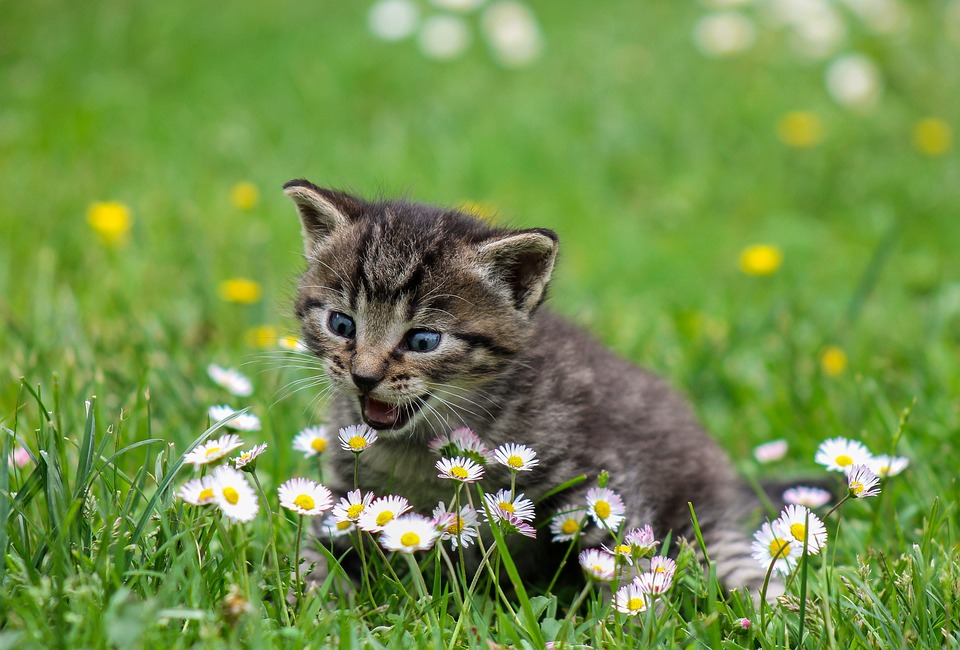As a cat owner, it is crucial to be aware of the various health conditions that can affect your feline friend. One such condition is diabetes, which can significantly impact your cat’s overall well-being if left untreated. In this article, we will explore the causes, symptoms, and proper management of diabetes in cats, providing you with valuable insights to ensure your furry companion receives the best care possible.
Understanding Feline Diabetes
Diabetes mellitus, commonly known as diabetes, is a chronic metabolic disorder that affects cats as well as humans. It occurs when the body is unable to produce enough insulin or effectively use the insulin it produces. Insulin is a hormone responsible for regulating blood sugar (glucose) levels, allowing cells to utilize glucose for energy.
Causes of Diabetes in Cats
While the exact causes of diabetes in cats are not fully understood, several risk factors have been identified. These include:
1. Obesity: Overweight and obese cats are more prone to developing diabetes.
2. Age: Older cats, typically over 7 years of age, are at a higher risk.
3. Genetics: Certain breeds, such as Burmese and Siamese, have a genetic predisposition to diabetes.
4. Pancreatitis: Inflammation of the pancreas can impair insulin production.
5. Steroid Medications: Prolonged use of corticosteroids can increase the likelihood of diabetes development.
Symptoms of Diabetes in Cats
Recognizing the signs and symptoms of diabetes is crucial in ensuring early diagnosis and treatment. Keep an eye out for the following indications:
1. Excessive thirst (Polydipsia): Cats with diabetes often drink more water than usual.
2. Frequent urination (Polyuria): Increased water intake leads to increased urination.
3. Increased appetite (Polyphagia): Despite eating more, cats with diabetes may experience weight loss.
4. Lethargy: Cats may seem less active and display decreased interest in their surroundings.
5. Poor Coat Condition: Diabetes can affect the quality of a cat’s coat, leading to dryness and matting.
6. Vomiting: In advanced cases, diabetic cats may experience vomiting and dehydration.
Proper Management of Feline Diabetes
If your cat has been diagnosed with diabetes, it is essential to work closely with your veterinarian to develop a comprehensive management plan. Here are key elements typically involved in managing feline diabetes:
1. Insulin Injections: Most diabetic cats require daily insulin injections to regulate blood sugar levels. Your veterinarian will provide guidance on the correct dosage and administration technique.
2. Dietary Modifications: A balanced and consistent diet is crucial in managing diabetes. High-quality, low-carbohydrate foods are often recommended to help regulate blood sugar levels.
3. Weight Management: If your cat is overweight, your veterinarian may suggest a weight loss plan to help improve insulin sensitivity.
4. Regular Monitoring: Regular blood glucose monitoring is essential to track your cat’s response to treatment and adjust insulin dosage accordingly.
5. Environmental Enrichment: Providing mental stimulation and physical activity can contribute to overall well-being and help manage diabetes.
Frequently Asked Questions (FAQs)
1. Can diabetes in cats be cured?
Unfortunately, diabetes in cats cannot be cured, but it can be managed effectively with proper treatment and lifestyle modifications.
2. Can a cat with diabetes live a normal life?
With appropriate care, diabetic cats can live long and fulfilling lives. Regular veterinary check-ups and adherence to treatment plans are crucial for their well-being.
3. Can diet alone manage diabetes in cats?
While dietary modifications are an essential aspect of managing diabetes in cats, most cats also require insulin injections to regulate blood sugar levels effectively.
4. Can diabetes in cats be prevented?
While some risk factors, such as genetics, cannot be controlled, maintaining a healthy weight and providing a balanced diet can significantly reduce the risk of diabetes in cats.
Remember, early detection and proper management of diabetes in cats can greatly improve their quality of life. If you suspect your cat may have diabetes or exhibit any concerning symptoms, consult your veterinarian promptly. By working together, you can help ensure your feline companion receives the care they need to thrive.








